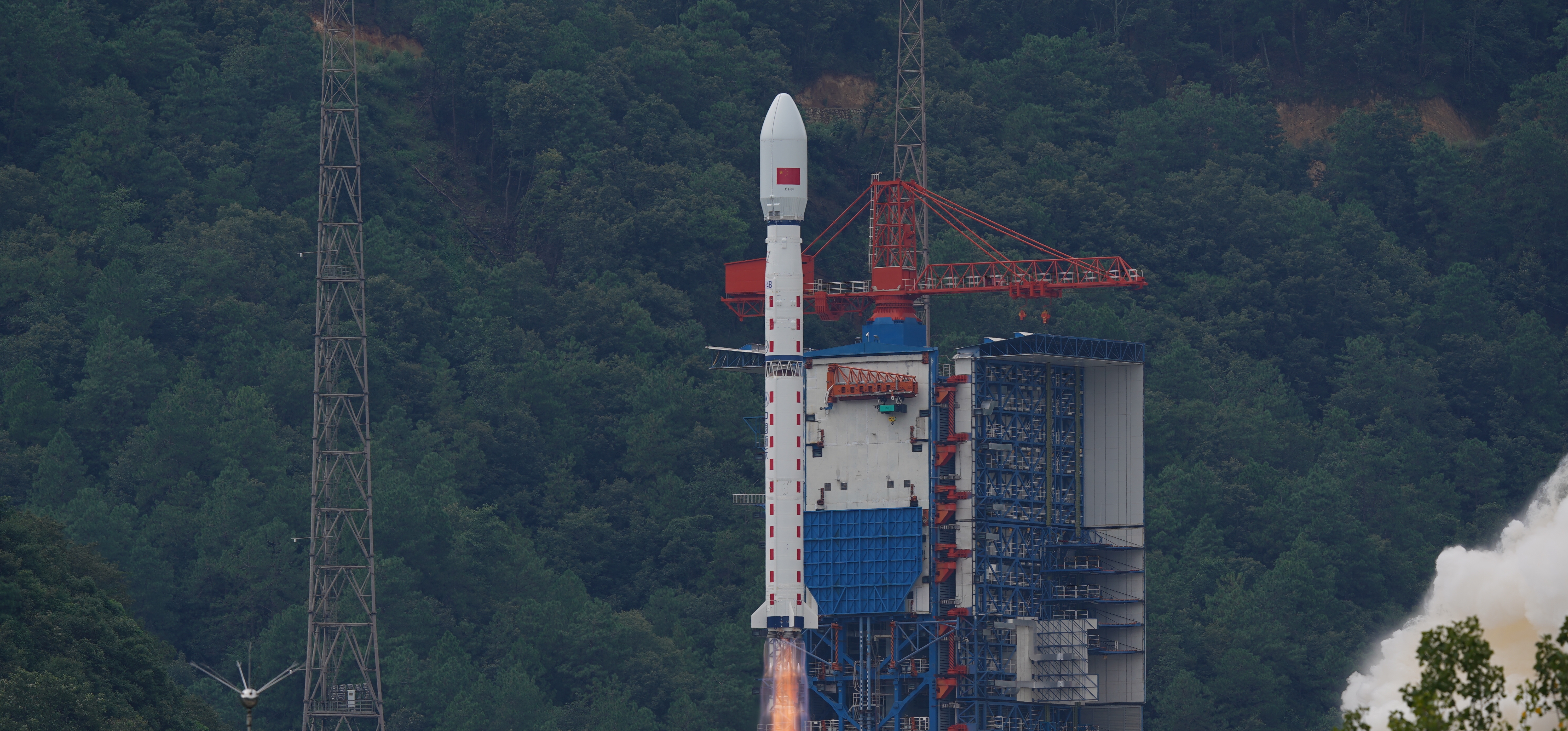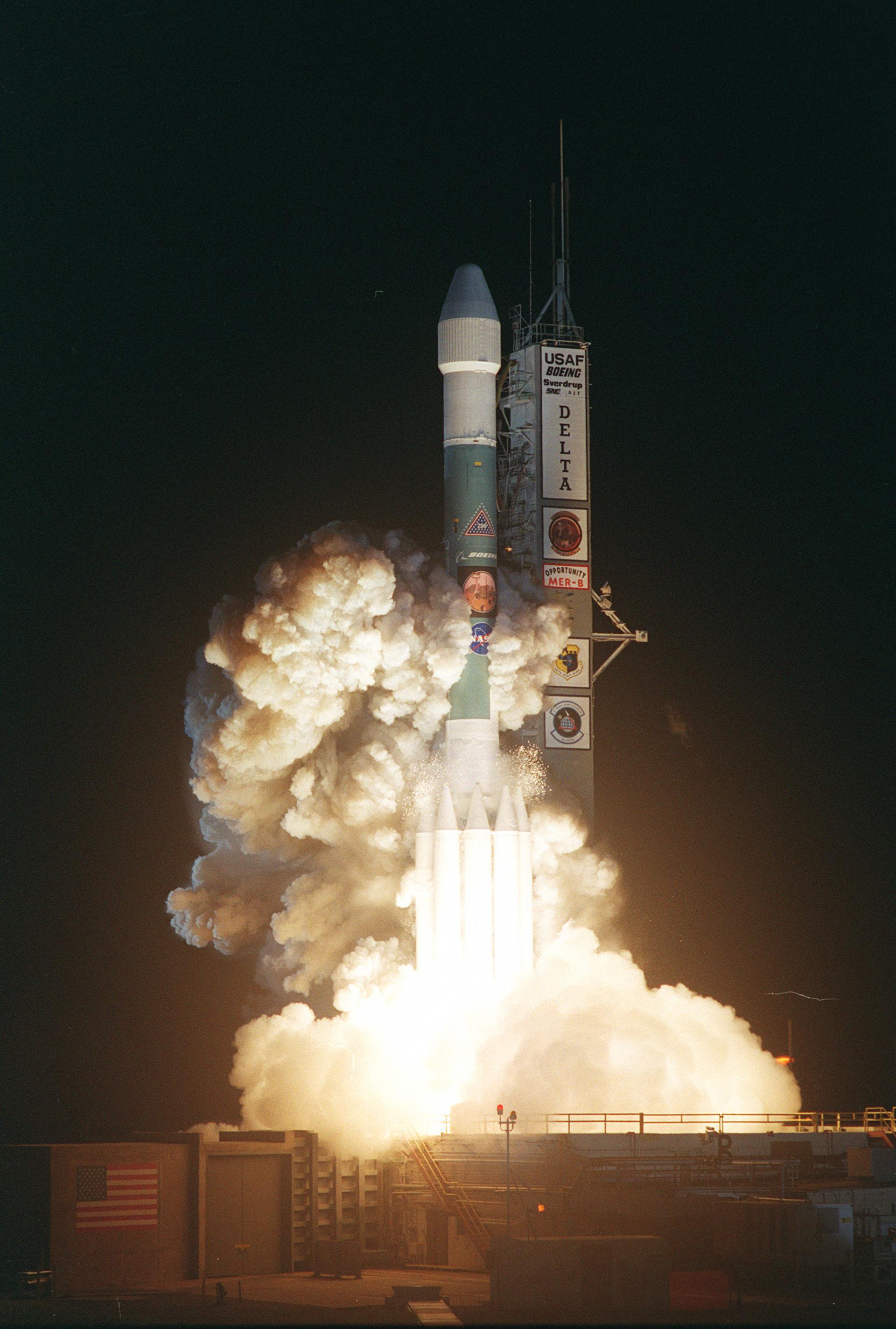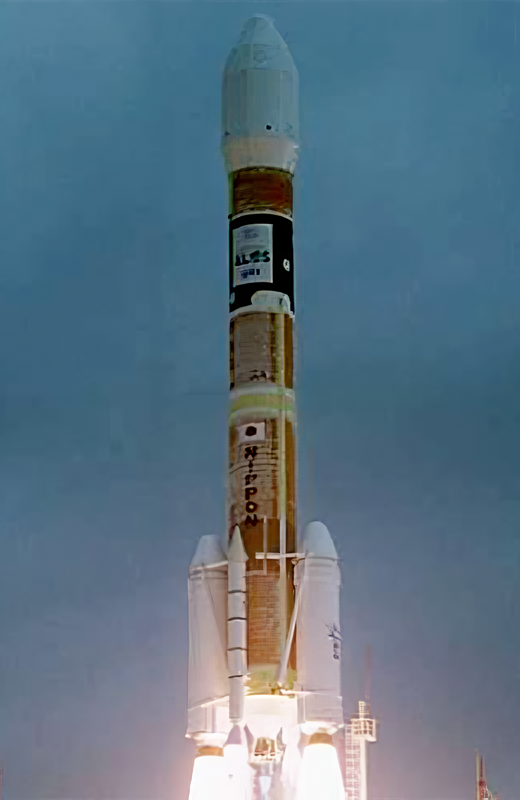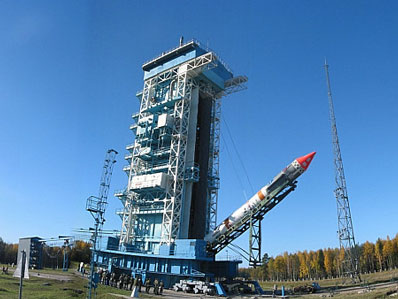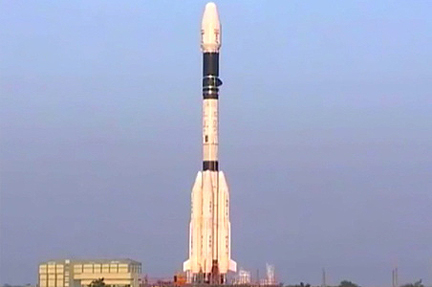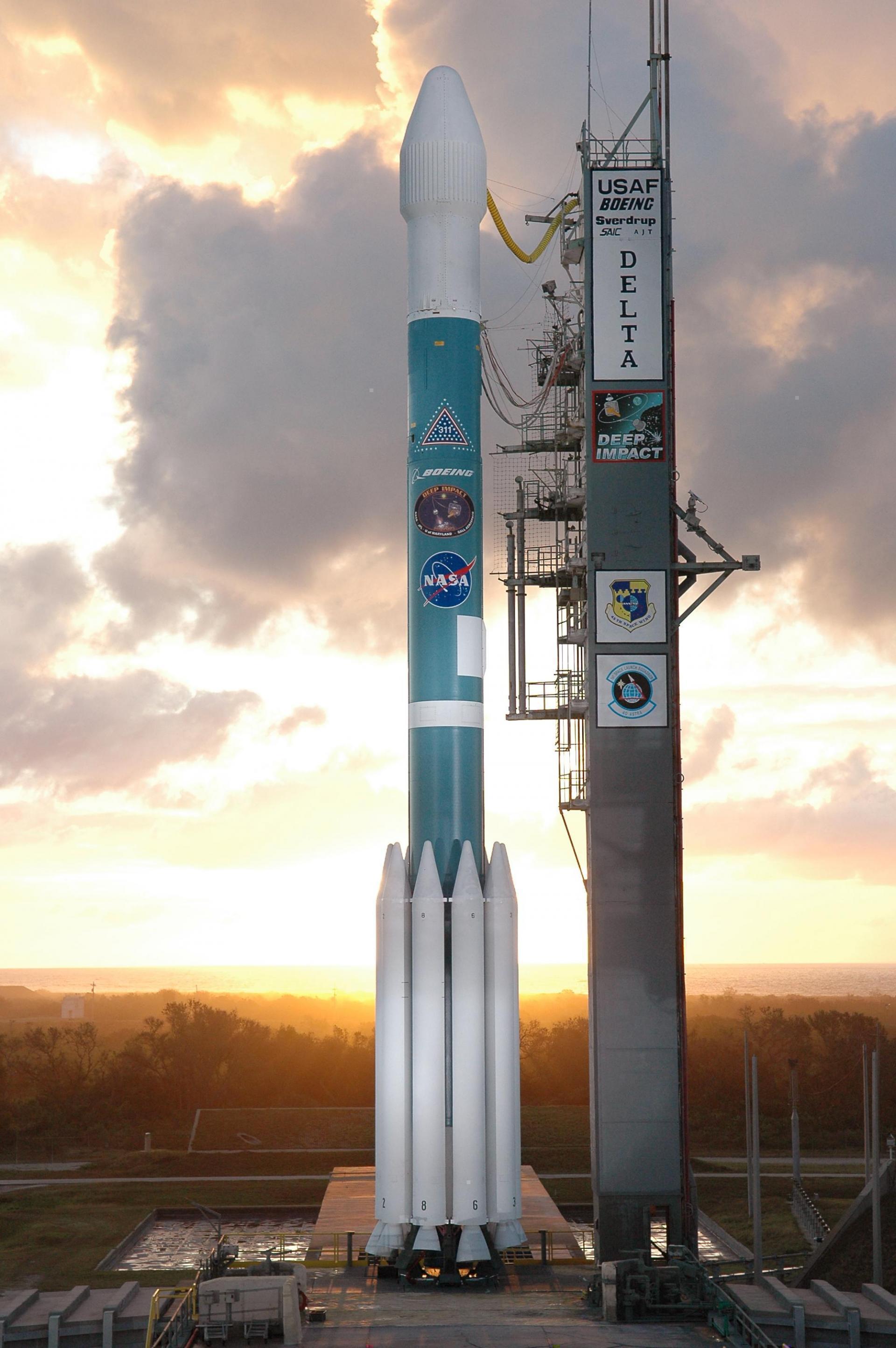Previous Spaceflight Launches
Filter by Agency, Locations or Vehicles
Show All LaunchesLong March 4B | Zi Yuan 1-2B
China Aerospace Science and Technology Corporation | ChinaTaiyuan Satellite Launch Center, People's Republic of China
Sept. 19, 2007, 3:26 a.m.
Delta II 7920-10 | WorldView-1
United Launch Alliance | United States of AmericaVandenberg SFB, CA, USA
Sept. 18, 2007, 6:35 p.m.
Soyuz-U-PVB | Foton-M No. 3
Progress Rocket Space Center | RussiaBaikonur Cosmodrome, Republic of Kazakhstan
Sept. 14, 2007, 11 a.m.
H-IIA 2022 | Kaguya
Mitsubishi Heavy Industries | JapanTanegashima Space Center, Japan
Sept. 14, 2007, 1:31 a.m.
Status: Launch Successful
Mission:
Kaguya, also known as SELENE, was the second Japanese lunar orbiter spacecraft. Kaguya usede a suite of 15 instruments to gather scientific data on lunar origins and evolution. The main orbiter was accompanied by two smaller satellites: a relay satellite Okina and a satellite Ouna for Very Long Baseline Interferometry observations. Kaguya orbited the Moon for a year and eight months and then ended the mission via a planned impact on the lunar surface.
Lunar OrbitKosmos-3M | Parus 97
Russian Space Forces | RussiaPlesetsk Cosmodrome, Russian Federation
Sept. 11, 2007, 1:05 p.m.
Proton-M Briz-M | JCSAT 11
Khrunichev State Research and Production Space Center | RussiaBaikonur Cosmodrome, Republic of Kazakhstan
Sept. 5, 2007, 10:43 p.m.
GSLV | INSAT-4CR
Indian Space Research Organization | IndiaSatish Dhawan Space Centre, India
Sept. 2, 2007, 12:51 p.m.
Ariane 5 ECA | Spaceway-3 & BSAT-3A
ArianeGroup | FranceGuiana Space Centre, French Guiana
Aug. 14, 2007, 11:44 p.m.
Status: Launch Successful
Mission:
Spaceway-3 is a communications satellite providing broadband at 95 degrees West in geostationary orbit. BSAT-3A is another geostationary communications satellite operating at 110 degrees East providing high definition direct television broadcasting across Japan.
Geostationary Transfer OrbitSpace Shuttle Endeavour / OV-105 | STS-118
National Aeronautics and Space Administration | United States of AmericaKennedy Space Center, FL, USA
Aug. 8, 2007, 10:36 p.m.
Delta II 7925 | Phoenix
United Launch Alliance | United States of AmericaCape Canaveral SFS, FL, USA
Aug. 4, 2007, 9:26 a.m.
